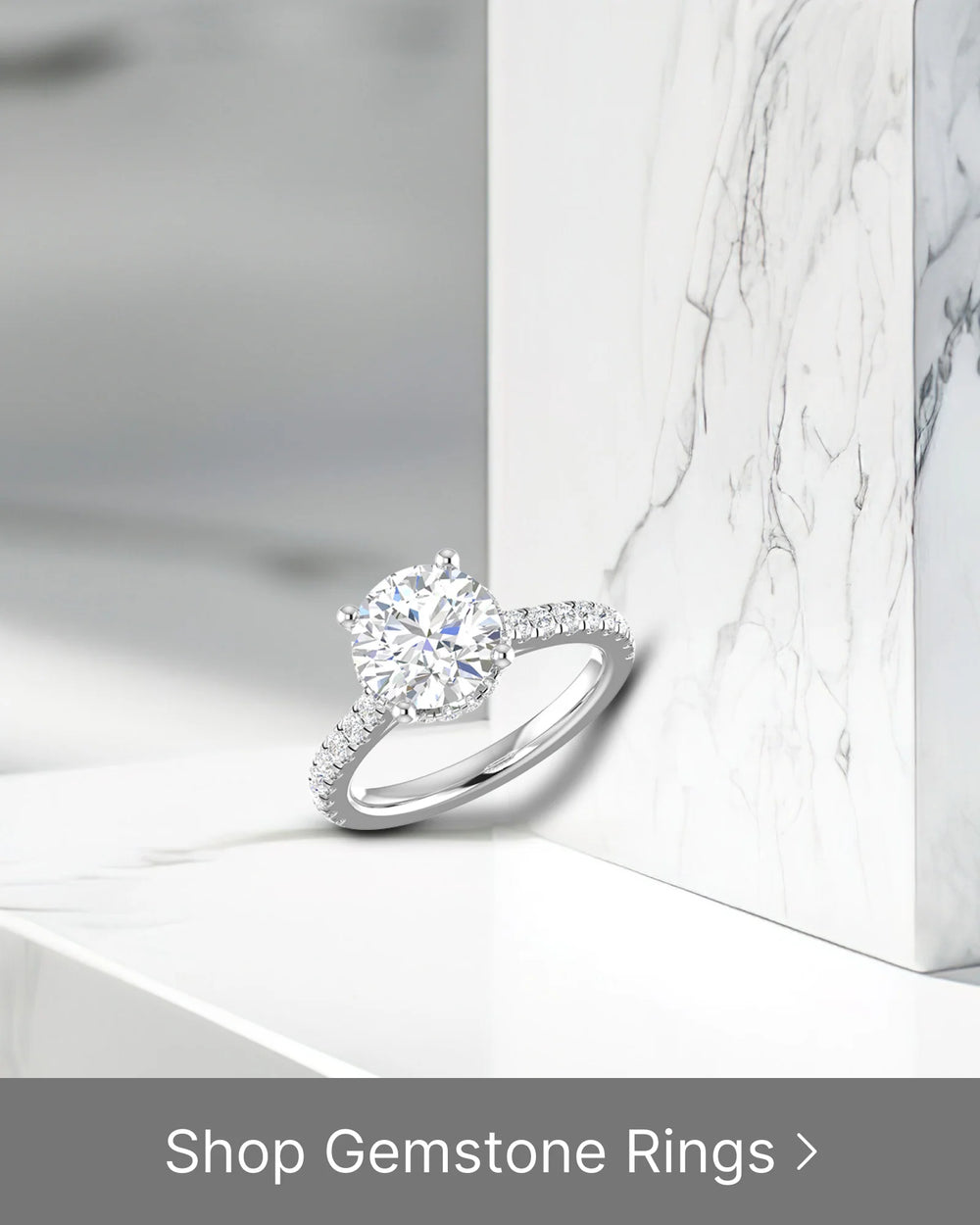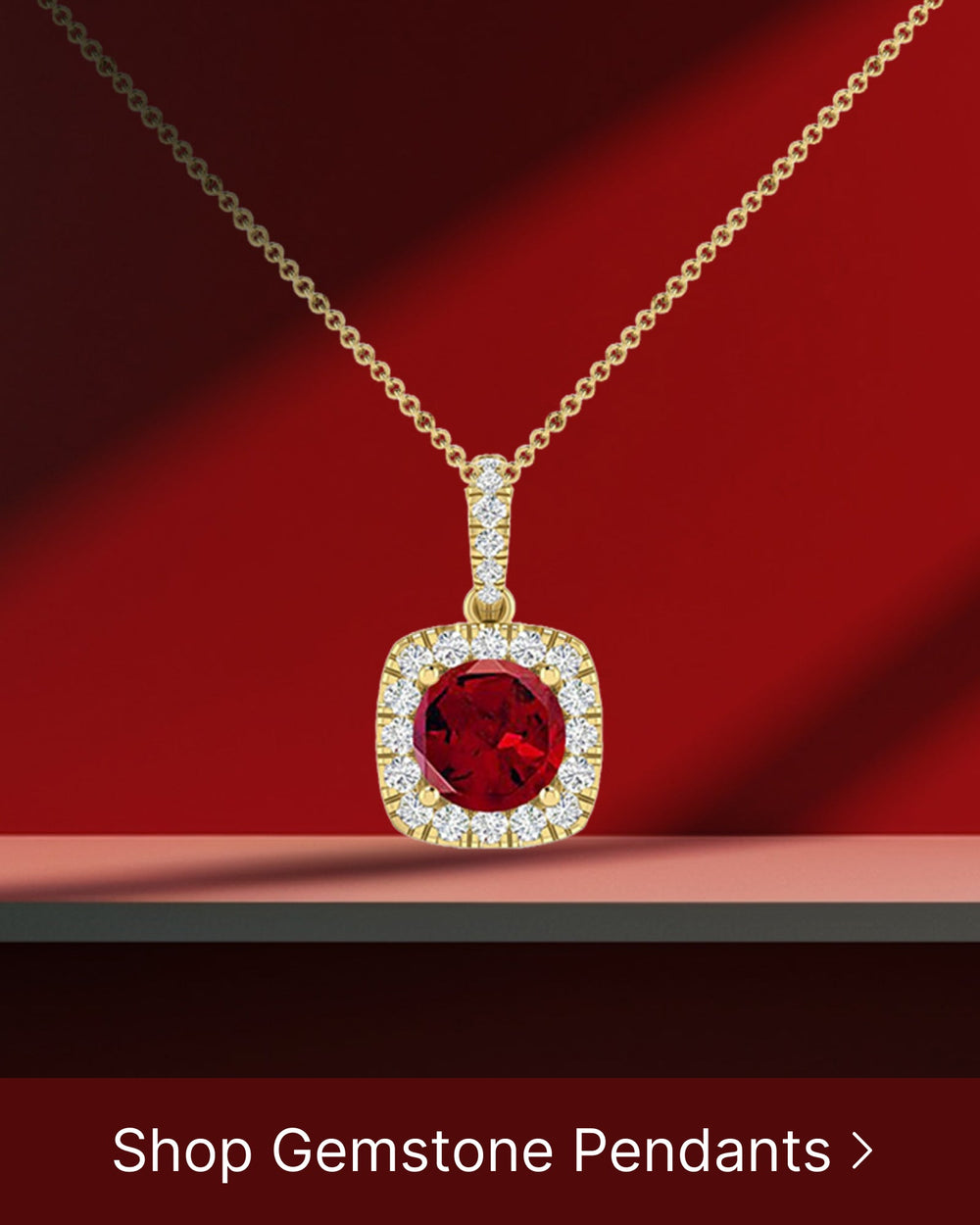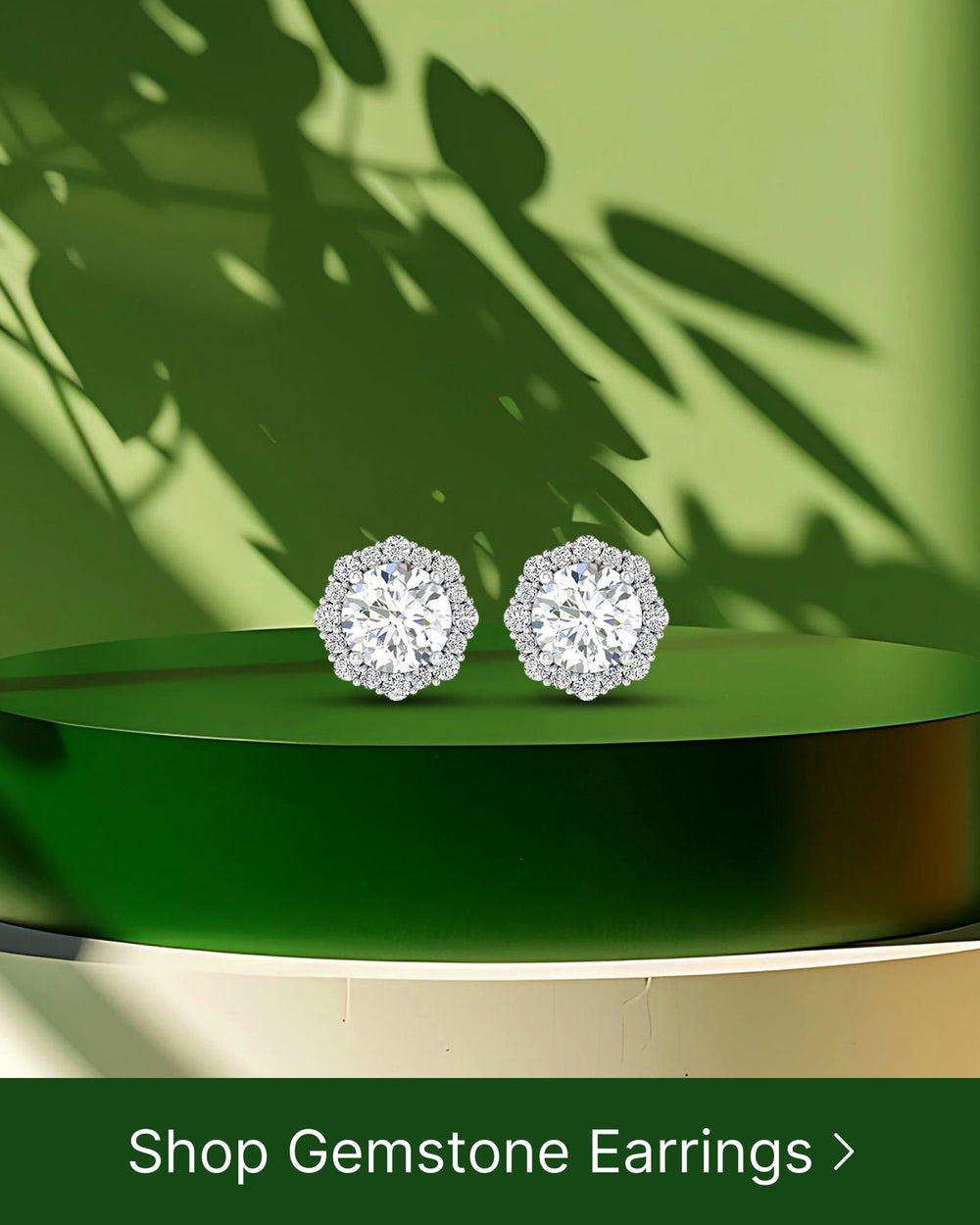Expert Tips for Buying Diamonds: Understanding Clarity Charts
Diamonds are one of the most coveted gemstones in the world. They symbolize love, luxury, and eternal beauty. However, buying diamonds can be a daunting task, especially when it comes to understanding the complex world of diamond clarity charts. In this article, we will explore the ins and outs of diamond clarity and provide expert tips to help you make informed decisions when purchasing these precious stones.
The Basics of Diamond Clarity
Before we dive into the specifics of diamond clarity charts, let's first establish what clarity means in the context of diamonds. Put simply, diamond clarity refers to the presence of internal or external imperfections, known as inclusions and blemishes, respectively. These imperfections can impact a diamond's overall beauty and value.
When it comes to diamond clarity, it's important to understand that no diamond is completely perfect. In fact, diamonds are formed under immense pressure and heat deep within the Earth's mantle, which often leads to the creation of these imperfections. However, the key lies in evaluating the severity and visibility of these imperfections.
Now, let's take a closer look at how diamond clarity is assessed and graded.
What is Diamond Clarity?
Diamond clarity is determined by the number, size, and position of these imperfections. The Gemological Institute of America (GIA), one of the most respected diamond grading laboratories, has established a standardized grading scale to assess diamond clarity. This scale ranges from "Flawless" (no imperfections visible under 10x magnification) to "Included" (imperfections visible to the naked eye).
Within this scale, there are several clarity grades that help to categorize diamonds based on their imperfections. These grades include:
- Flawless (FL) - No internal or external imperfections visible under 10x magnification.
- Internally Flawless (IF) - No internal imperfections visible under 10x magnification.
- VVS1 and VVS2 (Very, Very Slightly Included) - Imperfections are extremely difficult to detect under 10x magnification.
- VS1 and VS2 (Very Slightly Included) - Imperfections are minor and difficult to detect under 10x magnification.
- SI1 and SI2 (Slightly Included) - Imperfections are noticeable under 10x magnification but not visible to the naked eye.
- I1, I2, and I3 (Included) - Imperfections are visible to the naked eye.
It's worth noting that while the GIA grading scale is widely accepted and used, other grading laboratories may have slightly different scales and terminology.
The Importance of Clarity in Diamond Selection
Clarity plays a crucial role in the overall appearance and quality of a diamond. Diamonds with higher clarity grades tend to be cleaner and more visually appealing. They also have better light performance, allowing the maximum amount of light to enter and reflect off the facets, resulting in greater brilliance and sparkle.
When selecting a diamond, it's important to strike a balance between clarity and other factors such as cut, color, and carat weight. Depending on personal preferences and budget, individuals may prioritize certain aspects over others. However, it's generally recommended to choose a diamond with a clarity grade that ensures the imperfections are not easily visible to the naked eye.
It's also worth mentioning that the impact of diamond clarity on its value can vary. While higher clarity grades often command higher prices, the overall value of a diamond is influenced by a combination of factors, including the other 3Cs (cut, color, and carat weight).
Now that we have a better understanding of diamond clarity, let's explore the different clarity characteristics and how they can affect a diamond's appearance and value.
Understanding Diamond Clarity Charts
Now that we have a basic understanding of diamond clarity, let's delve into the world of diamond clarity charts. These charts are visual representations of a diamond's clarity characteristics and help both buyers and sellers communicate the quality of a diamond.
Deciphering the Symbols on Clarity Charts
When examining a diamond clarity chart, you will encounter various symbols that denote the different types of imperfections. These symbols include lines, dots, clouds, and crystals, among others. It is important to familiarize yourself with these symbols to better understand a diamond's clarity characteristics.
Lines on a clarity chart typically represent internal cracks or fractures within the diamond. These cracks can affect the durability and overall integrity of the stone. Dots, on the other hand, indicate pinpoint-sized inclusions that are usually not visible to the naked eye. These inclusions are often microscopic and do not significantly impact the diamond's appearance.
Clouds, as the name suggests, refer to clusters of tiny, white or transparent inclusions that resemble a cloud-like formation. These inclusions can affect the diamond's transparency and brilliance, depending on their size and density. Crystals, another common symbol on clarity charts, represent larger, more noticeable inclusions. These inclusions can range from tiny mineral crystals to larger diamond crystals trapped within the stone.
How to Read a Diamond Clarity Chart
Reading a diamond clarity chart is relatively straightforward. The chart typically consists of a grid, with the clarity grade increasing from left to right and top to bottom. Each cell in the grid corresponds to a specific clarity grade and showcases the type and severity of imperfections associated with that grade.
For example, a chart might indicate that diamonds in the "VVS1" clarity grade have scattered pinpoint-size crystals that are minor and difficult to see. These crystals are usually only visible under magnification and have minimal impact on the diamond's overall appearance. In contrast, diamonds in the "SI2" clarity grade might contain visible inclusions, such as clouds or feathers, that slightly affect transparency. These inclusions may be more noticeable to the naked eye and can impact the diamond's brilliance.
It is important to note that while clarity charts provide a standardized way to communicate a diamond's clarity, they do not capture every nuance and detail. Each diamond is unique, and the actual appearance of the inclusions may vary from stone to stone, even within the same clarity grade. Therefore, it is recommended to view diamonds in person or consult with a trusted gemologist to fully assess their clarity characteristics.
Tips for Buying High Clarity Diamonds
Now that you understand the basics of diamond clarity and how to interpret clarity charts, here are some expert tips to consider when purchasing high clarity diamonds.
Factors to Consider When Buying
When buying high clarity diamonds, it is essential to consider the following factors:
- Clarity Grade: Opt for diamonds with higher clarity grades, such as VVS1 or VS1, for superior visual appeal.
- Inclusion Placement: Look for diamonds with inclusions positioned near the edges or under the prongs, as they are less likely to impact the overall appearance.
- Size and Visibility: Consider the size and visibility of inclusions. Choose diamonds with imperfections that are minimal and less noticeable.
- Scattered or Concentrated: Determine whether the imperfections are scattered throughout the stone or concentrated in specific areas. Scattered imperfections tend to be less noticeable.
Mistakes to Avoid in Diamond Purchasing
While purchasing high clarity diamonds, it's also crucial to steer clear of common mistakes that buyers often make:
- Basing Decision Solely on Clarity: Don't solely rely on the clarity grade; assess other factors such as cut, color, and carat weight to ensure a well-rounded decision.
- Overpaying for Imperfections: Avoid overpaying for imperfections that are invisible to the naked eye. Focus on the overall appearance and beauty of the diamond.
- Forgetting Personal Preferences: Consider personal preferences and the intended design of the jewelry piece. Sometimes, imperfections can add character and uniqueness to a diamond.
The Role of Diamond Cut and Color in Clarity
While clarity is essential, it is important to understand that diamond cut and color also play significant roles in a diamond's overall appearance and perceived clarity.
How Cut Affects Diamond Clarity
Diamond cut refers to the quality of the diamond's proportions, symmetry, and polish. A well-cut diamond can enhance its brilliance and minimize the visibility of inclusions. Conversely, a poorly cut diamond can affect light performance and accentuate imperfections.
The Interplay of Color and Clarity
Diamond color can also impact the perception of clarity. Higher color grades, such as D or E, can make inclusions less noticeable since the diamond appears whiter. Conversely, lower color grades, such as K or L, may accentuate the presence of inclusions due to the contrast with the diamond's body color.
The Impact of Clarity on Diamond Value
Finally, let's explore how clarity influences the value of a diamond.
How Clarity Affects Diamond Pricing
Generally, diamonds with higher clarity grades command higher prices due to their rarity and visual appeal. However, it's crucial to find a balance between clarity and the other "Four Cs" (cut, color, and carat weight) to ensure value for your money. Remember, a lower clarity diamond can still be visually stunning if it is well-cut, has a favorable color, and is of appropriate carat weight.
Investing in High Clarity Diamonds
If you are considering diamond investment, high clarity diamonds can be a preferred choice. Such diamonds have a higher likelihood of appreciating in value over time, due to their rarity and desirability in the market.
When buying diamonds, understanding clarity charts is essential to make informed decisions. By grasping the basics of diamond clarity, deciphering clarity charts, and considering the interplay of cut, color, and clarity, you can confidently navigate the world of diamond buying. Armed with expert tips, you are now better equipped to embark on your journey to find the perfect diamond that reflects your unique style and everlasting love.






